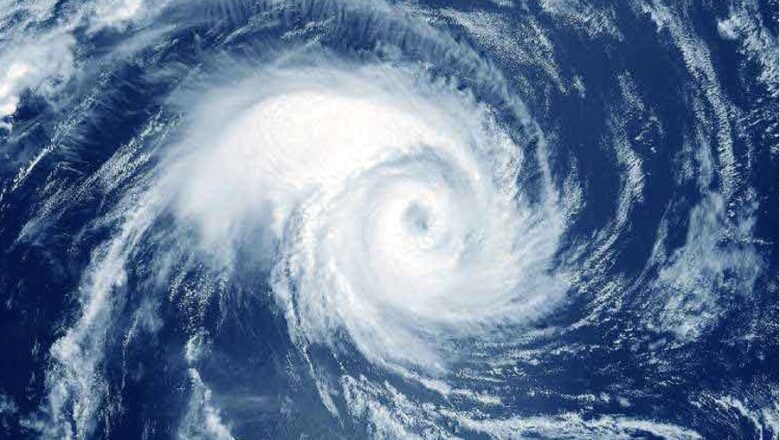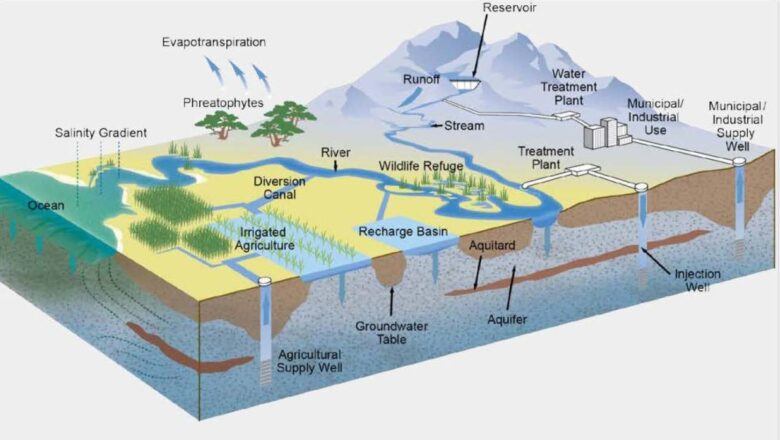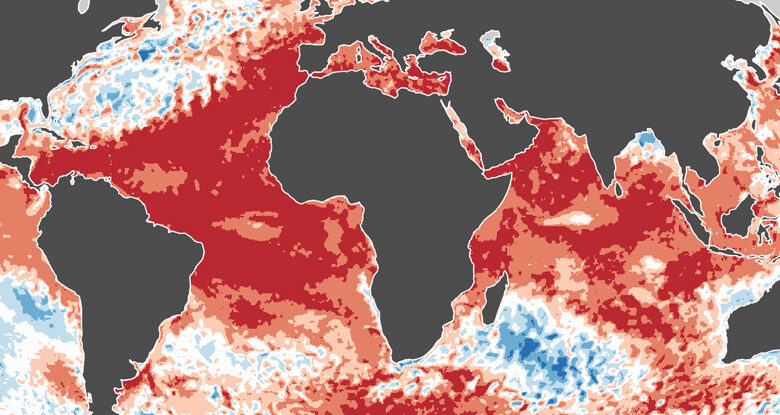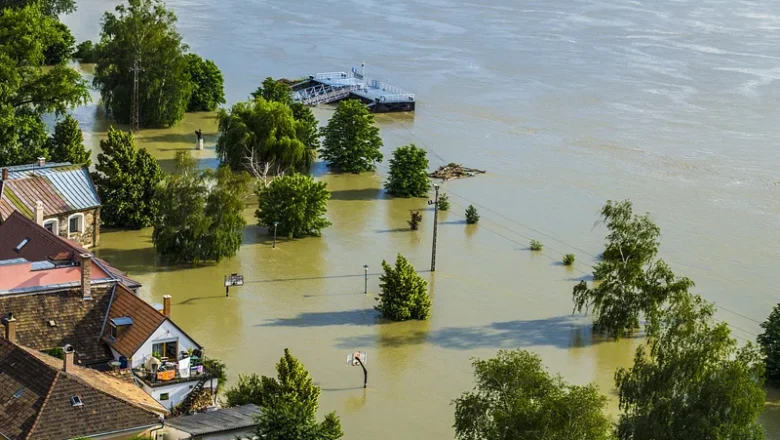
Researchers Develop Advanced AI Model for Accurate Typhoon Prediction
In a significant advancement for climate science, a team of researchers from the Department of Civil, Urban, Earth, and Environmental Engineering at the Ulsan National Institute of Science and Technology (UNIST), led by Professor Jungho Im, has developed a pioneering deep learning-based model for predicting tropical cyclones (TCs). Their findings have been published in GIscience & Remote Sensing and iScience in March and May 2024, respectively.
The newly developed Hybrid-Convolutional Neural Networks (Hybrid-CNN) model integrates real-time geostationary weather satellite data and numerical prediction model outputs to forecast TC intensity with lead times of 24, 48, and 72 hours. This approach offers a significant improvement over traditional methods, which often suffer from lengthy ...







